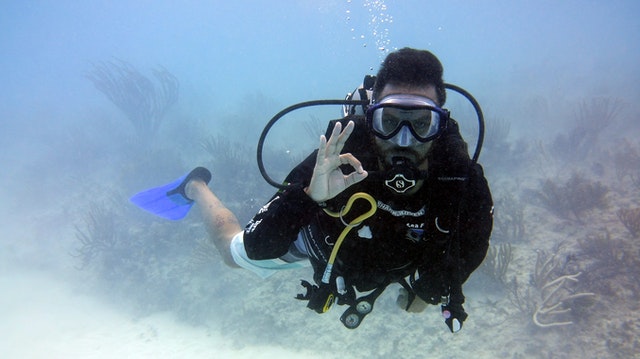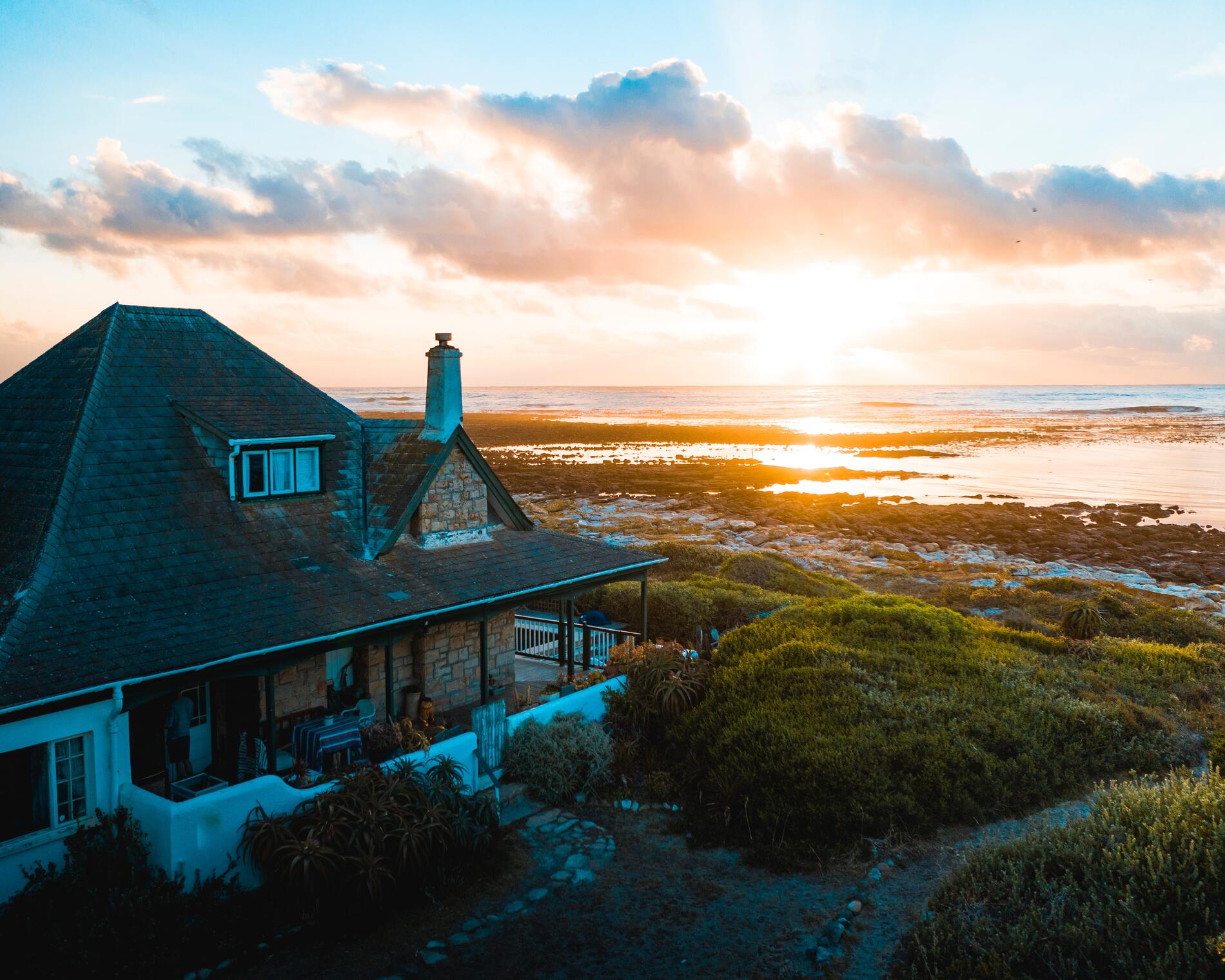Scuba diving is a fascinating sport that provides you with a beautiful way to open yourself up to discovering new worlds and new experiences. Even if you’re new to scuba diving, it’s a great way to get out and explore the world as the ocean is a place filled with wonder, and scuba diving allows you to experience this incredible part of nature in an up-close and personal way. When you are scuba diving, it will enable you to be present and to get inspired in new, creative ways. This fun sport can become your new favorite hobby, or you might even advance to becoming an expert in the sport over time. You can also enjoy traveling, swimming, and capturing amazing photographs as part of the diving experience. As you learn to scuba dive, you’ll learn how to control your breathing, listen to your heartbeat, and simply soak up the moment as you’re filled with wonder and awe. This guide has some helpful tips for beginners, so you can rid any fears of the unknown and dive into a new adventure.
Fascinating Facts about the Ocean
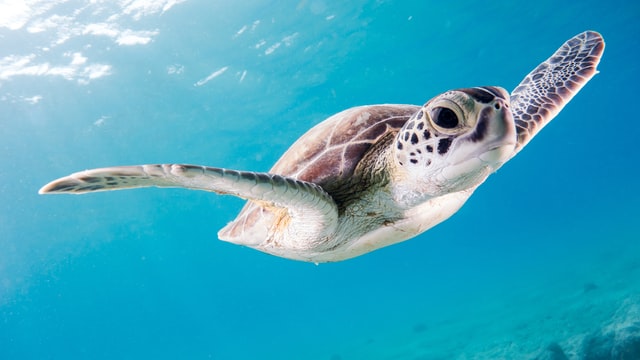
The ocean is an inspiring and mysterious place. Here are a few fantastic and fascinating facts about the world’s oceans.
- 97-percent of the earth’s water consists of the ocean, and seven percent of the oceans are covered by sea ice.
- The Great Barrier Reef is so large that it can be seen from the moon.
- There are 230,000 known marine species, but over two million are estimated to exist.
- The Bahamas has the largest underwater cliffs in the world, with a sheer drop of up to 13,100 feet.
- Many species living at the bottom of the ocean glow in the dark; this process is a chemical reaction called bioluminescence.
- The oceans travel along the Global Ocean Conveyor Belt, and it takes 1,000 years for water to make a complete journey around the earth.
What is Scuba Diving?
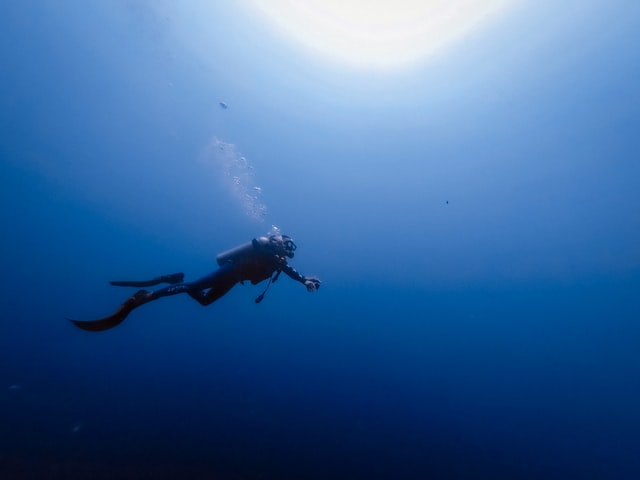
Scuba diving is the sport of diving underwater with help from equipment that allows you to breathe while you’re submerged. The term SCUBA is an abbreviation for Self-Contained Underwater Breathing Apparatus. Tanks that contain compressed air are used to deliver life-sustaining oxygen to your lungs while you’re deep underwater. The tanks contain a mixture of nitrogen and oxygen and are delivered through a breathing tube that attaches to your mouth. It takes training and practice to learn how to scuba dive safely, so taking lessons from a professional is highly recommended. Once you have the process down, scuba diving is a fun way to get out and fascinatingly explore the oceans.
Species You Might Find while Diving
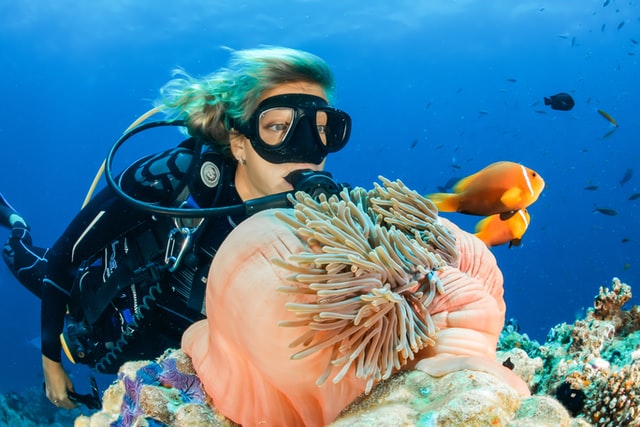
Scuba divers have an incredible opportunity to see a variety of unique marine fish and animals that most people will never see. There are hundreds of thousands, maybe millions of marine species out there, including unusual fish, coral, shellfish, and crustaceans. A few of the species you might find include sharks and manta rays. Depending on where you dive, you’ll have an incredible opportunity to discover a myriad of fantastic coral species in a range of vibrant colors and unique shapes. Tropical waters are full of deep and rich fish like clownfish, amazing octopi, and starfish in a wide variety of unusual shapes and sizes. You’ll also likely run into different crab species like the Japanese spider crab, the pea crab, and the coconut crab. The further out you go and the deeper you dive, the more variety of species you’ll see.
Diving Preparation Tips
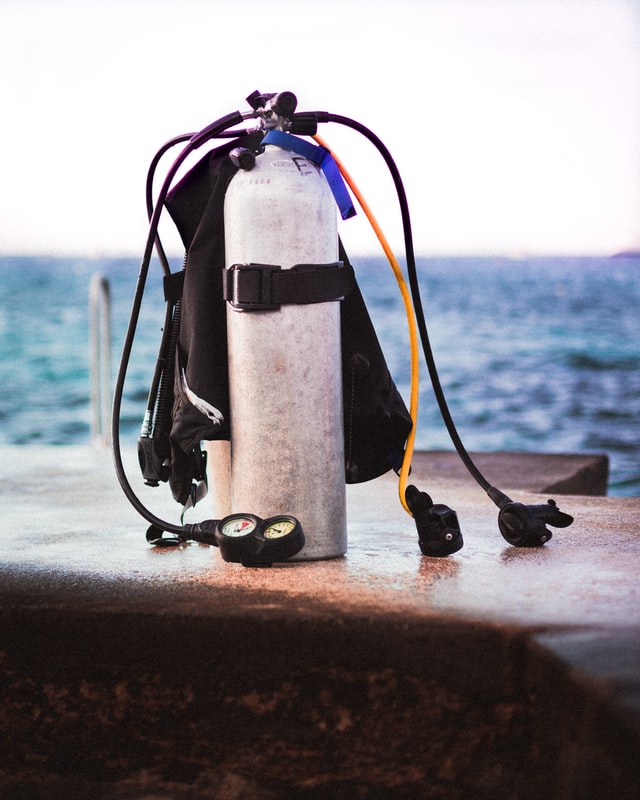
Before you “dive in,” there are several essential things to consider. Remember that each step in the preparation process is vital to be comfortable and safe in the water. If you’re not familiar with swimming in the ocean, take a few swimming practice lessons before you start diving.
- Get your certification: It’s recommended that you take the Open Water Diver Certification training before you start scuba diving. This course takes two full days to complete, with a lesson in diving theory completed beforehand. Once you receive your certification, it is suitble for life and never expires, so it’s well worth the effort upfront. If you’re traveling after you get your certificate, wait at least 24 hours from your last dive before you fly to your destination so your lungs can acclimate.
- Learn marine biology: You don’t need to be an expert in marine biology, but some certifications include a brief course to help you learn more about the fish, plants, and animals that inhabit our oceans. If your training doesn’t include marine biology, feel free to buy a few books on the subject or read articles about it online to help you learn.
- Get the right equipment: Every scuba diver needs the right equipment to ensure a safe dive. You can choose to rent your equipment from a scuba dive center near your dive location at a reasonable cost. However, if you’re planning to dive more frequently, investing in your own equipment is well worth the price. Key items include goggles or a face mask, or like me, a prescription dive mask, a wetsuit, fins, a scuba tank, a regulator, a snorkel, a dive computer, and a depth gauge.
- Bring a camera: Cameras and video cameras are optional, but they provide a fantastic opportunity to capture incredible images and videos. Make sure that your camera equipment is designed for use underwater, easy to use, compact, and has a good battery. Also, it would be best to take into consideration that it needs to be equipped with necessary features like light, image stabilization, or whatever you think is essential to take excellent pictures. A snoot is a great accessory that provides light to help you capture dramatic photos underwater. You can use it to adjust the lighting underwater for spectacular macro photography, and create the best photo album!
- How much does it cost? Your dive training should cost between around $350 and $450 or more, depending on the type of certification and location. Personal equipment like fins, goggles, and wetsuits can run between $200 and $300 on the low side. If you’re investing in professional equipment such as gauges and cameras, plan to spend several hundred dollars more on each, but remember that investing in scuba diving it’s optional.
- Where to store your equipment at home? Proper storage is the key to keeping your scuba equipment in good condition. Rinse used gear off with a hose before putting it away to remove salt and mineral buildup. Ensure that every item is completely dry before putting it in storage. Hang wetsuits in a clean, dry area away from direct sunlight or high temperatures in vertical spaces like doors or walls. You can keep equipment like your snorkel, fins, and facemask in a sealed plastic container or a plastic bin with a lid in between dives.
Planning Your Trip

Once you’re certified, it’s time to start planning your first official dive. Finding the best place to scuba dive is very important for your experience.
- If you’re staying within the United States. There are several fascinating places to discover. Try Monterey, California, home to a massive kelp forest filled with a fantastic range of sea life. Ginnie Springs, Florida, has crystal clear waters and is an excellent East Coast option with three dive sites within the park. Maui, Hawaii, is home to many popular scuba diving sites filled with turtles, fish, rays, and unique underwater lava tubes. Explore several options to dive near you or plan a trip to an exotic location to discover new worlds and species.
- If you wish to travel internationally. You could try other wonderful places like Cozumel México where the water is crystal clear, and marine life like turtles, rays, and nurse sharks. The Blue Hole in Belize is one of the most famous locations to dive in the world, you could see reef sharks, as well as bull sharks and hammerheads. Phuket, Thailand, Gili Islands in Indonesia, Boracay in the Philippines, and many more awesome places to know and dive.
- Choose a dive shop: Make sure they are PADI certified for your safety. Dive shops are easy to find with a simple Google search or via scuba diving Facebook groups and on Twitter and other social media outlets.
Important Scuba Diving Safety Tips
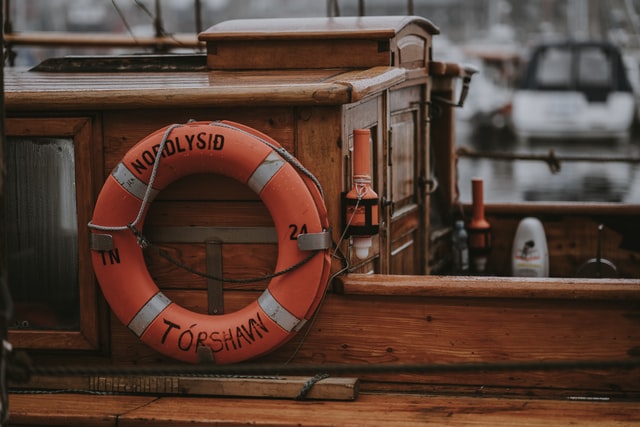
Part of your diving certification training will include information about every diver’s safety precautions. Here are some essential safety tips to keep in mind before, during, and after a dive.
- Get a medical examination:
- It can help ensure that you’re in good health before diving. You’ll need to sign a medical statement before you dive, so it’s best to confirm that you’re in good shape before you start. If you feel unwell, don’t dive until you’re feeling completely healthy.
- Food: Stick to light, well-balanced meals before any scuba diving trip and wait at least two hours before getting in the water. Remember to drink plenty of water and avoid consuming any alcohol on the day of your dive.
- Sleep: Make sure that you get plenty of restful sleep the night before your dive. At least six hours is recommended, but eight is preferable.
- Ear pain: You may notice mild ear discomfort called ear barotrauma when you dive due to a pressure imbalance between the middle ear canal and the water pressure outside your ears. Use an exercise called the Valsalva maneuver to help restore the balance in your ears.
- How long before can you fly after scuba diving? Always wait at least 24 hours after your last dive before you fly. When you fly in a pressurized environment, it can cause decompression sickness if you don’t give the nitrogen in your lungs time to dissipate.
- Listen to your dive guide: Listen carefully to your dive guide, and make sure that you always keep them within view. Follow the guide’s instructions regarding where you will be going, what you should do, and what to look out for.
- Try meditative breathing: If you feel anxious while diving, slow down and take some deep, meditative breaths. Two short inhales, and one long exhale can help you feel calm and more relaxed.
- Don’t touch anything: Never touch anything while you’re diving. Coral reefs and oceans contain a variety of species that can be poisonous or even deadly. Plus, touching plants and marine life can cause harm to the living things in the ocean.
Can scuba diving be sustainable?
Marine animals usually confuse garbage with food so it’s important to take in mind some factors to dive consciously.
- Taking care of how you dive: This includes never touching or taking anything from the ocean, never feeding sharks, and using a flash camera correctly. Avoid using single-use plastic while on-board to avoid accidentally getting into the ocean. Choose a scuba dive program that focuses on sustainability and uses good eco-friendly equipment and methods policies.
- Keep the Ocean Clean: Removing the garbage you find while diving, could be very beneficial for the marine environment. Plastic, Clothing, bags, batteries, glass bottles, and cigarette butts. Make sure you don’t carry heavy things or things that you don’t know what are, which could be dangerous.
Other Fun Underwater Activities: Snorkeling
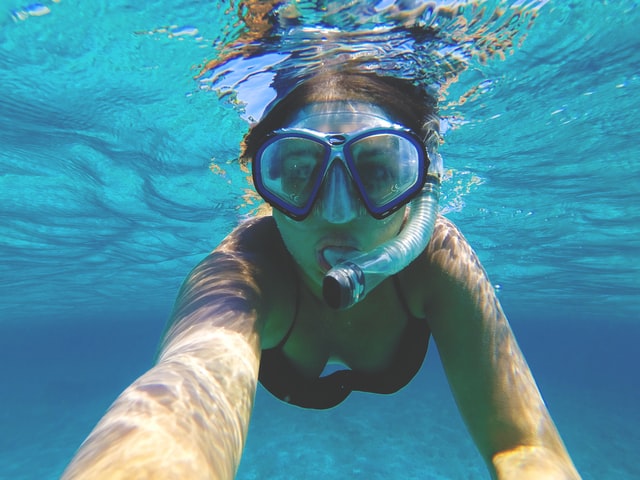
Aside from scuba diving, you can also have fun underwater with snorkeling. While scuba diving involves using an underwater apparatus that allows you to go deep underwater, snorkeling lets you explore shallower waters. When you’re snorkeling, you will stay near the surface of the water and use a mask and a breathing tube called a snorkel. You’ll be able to discover beautiful panoramic underwater views from above without ever having to deep dive underwater. Snorkeling is also a great alternative to scuba diving for children, beginners, or those who simply want to enjoy a quick hour or two of exploring without complicated equipment. My personal favorite is snorkeling in Isla Mujeres reefs, among other activities!
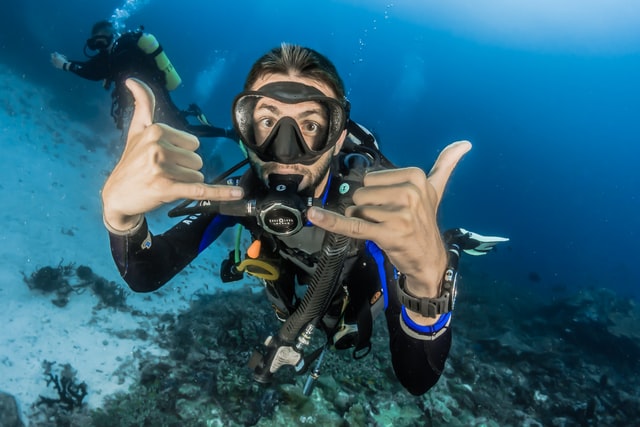
The sport of scuba diving provides you with a beautiful way to reflect and do something you love. It’s also an excellent opportunity to try a new activity, get some exercise, and gain a new appreciation for the beauty of our world’s open waters. Scuba diving shows you how fragile nature is, and it opens your mind to exploring and discovering new species, environments, and much more.
